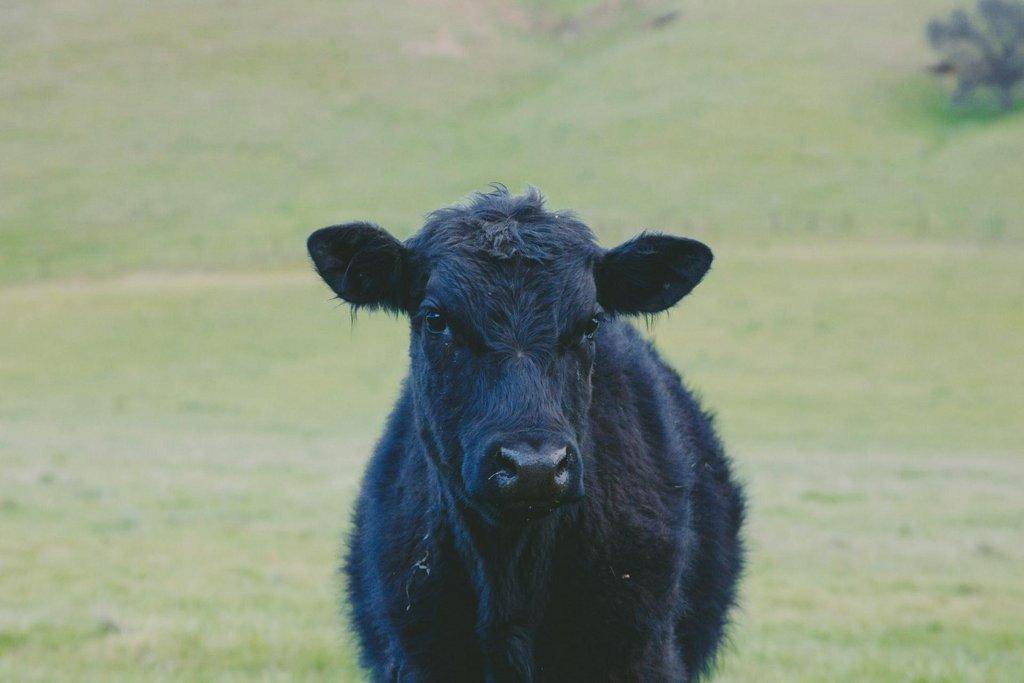By Riata Cummings
In a report released on Jan. 20,, researchers from Utah State University Extension and the Utah Department of Agriculture and Food (UDAF) assess the potential for expanding meat processing capabilities in Utah and examine the potential demand for Utah beef.
Researchers conclude that there is growth potential for Utah beef processing and sales, and that Utahns desire local beef products. Small processing plants that position local beef as a premium product are a financially feasible option that could increase the resiliency of the meat supply in Utah and potentially provide ranchers with additional revenue streams.
The report was written by Ruby Ward, professor in the USU Department of Applied Economics. Her co-authors are Karin Allen, USU professor in the Department of Nutrition, Dietetics and Food Sciences; Haden Davis, USU Meat Lab Manager; and Anne Whyte, a researcher in the USU Department of Applied Economics.
Contributors to the research from UDAF are Linda Clark Gillmor, director of marketing and economic development; Leann Hunting, director of animal industry; and Noel McSpadden, manager of the state’s Meat and Poultry Inspection Program. The report also recognizes UDAF Commissioner Craig Buttars and former Commissioner Logan Wilde for providing funding support for the research and report.
The research was initiated after the coronavirus pandemic emphasized the need for greater capacity and resiliency in the U.S meat supply chain. Beef production fell 30% within weeks of the declaration of pandemic status, and safety measures implemented shortly thereafter decreased production capacity. Beef producers resorted to other options for processing their animals, and the combination of those factors led to bottlenecks in production and a break in supply.
Prefacing the report with this review of the pandemic’s nationwide impact, researchers examined the state’s current meat processing situation and the potential demand for Utah-produced beef. They assessed the financial feasibility and potential economic contributions of expanded or additional meat processing facilities.
“Utah consumers desire local beef products, and a significant portion are willing to pay a premium for them,” Ward said. “A very small-scale meat processing facility can be feasible but would require that beef is sold and positioned as a premium product.”
Although much of the research referenced in the report focuses on large processing plants, this study focused on a small facility, processing 675 to 750 head annually. Included with the report is a spreadsheet-based tool that allows for modifications to fit the statistics of an existing or theoretical plant. The tool allows meat producers and processors to examine the economic feasibility of an operation at different capacities and pricing.
To access the report and the free Excel-based tool, visit extension.usu.edu/apec/meatprocessing.

